[Featured image: GANNI Bou bag. BioFluff. Conceptualised by @pitch_studiosTM️ and 3D artist @berenicegolmann]
This article was originally published in The Interline’s second Sustainability Report. To read other opinion pieces, exclusive editorials, and detailed profiles and interviews with key vendors, download the full Sustainability Report 2024 completely free of charge and ungated.
I refuse to live in a world without sparkles. I’ve always loved glitter—more is always better. When I was young, I wanted it everywhere: on my shoes, clothes, makeup, and bags. My mom would always get mad because we had glitter all over the house, as a result of my obsession. I understood at the time that it was a hassle for her to clean up, but today, I realised there was a much bigger issue at hand: the microplastics I was spreading around like a fairy waving her wand, covering our environment with plastic.
Fashion has followed a similar trajectory: using synthetic materials with youthful abandon, and only later realising the harm they caused.

Thankfully, regulations have caught up with us both. The EU has banned loose glitter, restricting synthetic polymer microparticles either on their own or when intentionally added to mixtures.
As happy as I am about these regulations, though, I still refuse to live in a world without glitter. I’d rather have the sun melt me first. But don’t worry—this is where material innovation comes into play. Companies like Sparxells, Radiant Matter, and others are creating 100% plant-based products and alternatives. All the fun, none of the damage.
And that’s the same trend we’ve seen in other material categories, where innovative companies pilot new ways to save the positive attributes of something we love, while shedding the negative ones – all without compromising on what made that material stand out in the first place.
So now, the big question: How can we ensure that in a few years, these solutions will be mainstream, allowing us to live in a naturally sparkling world? What does it look like to take those pilots and narrow applications and turn them into volume? And why are companies – and entire industries – struggling to make that transition?
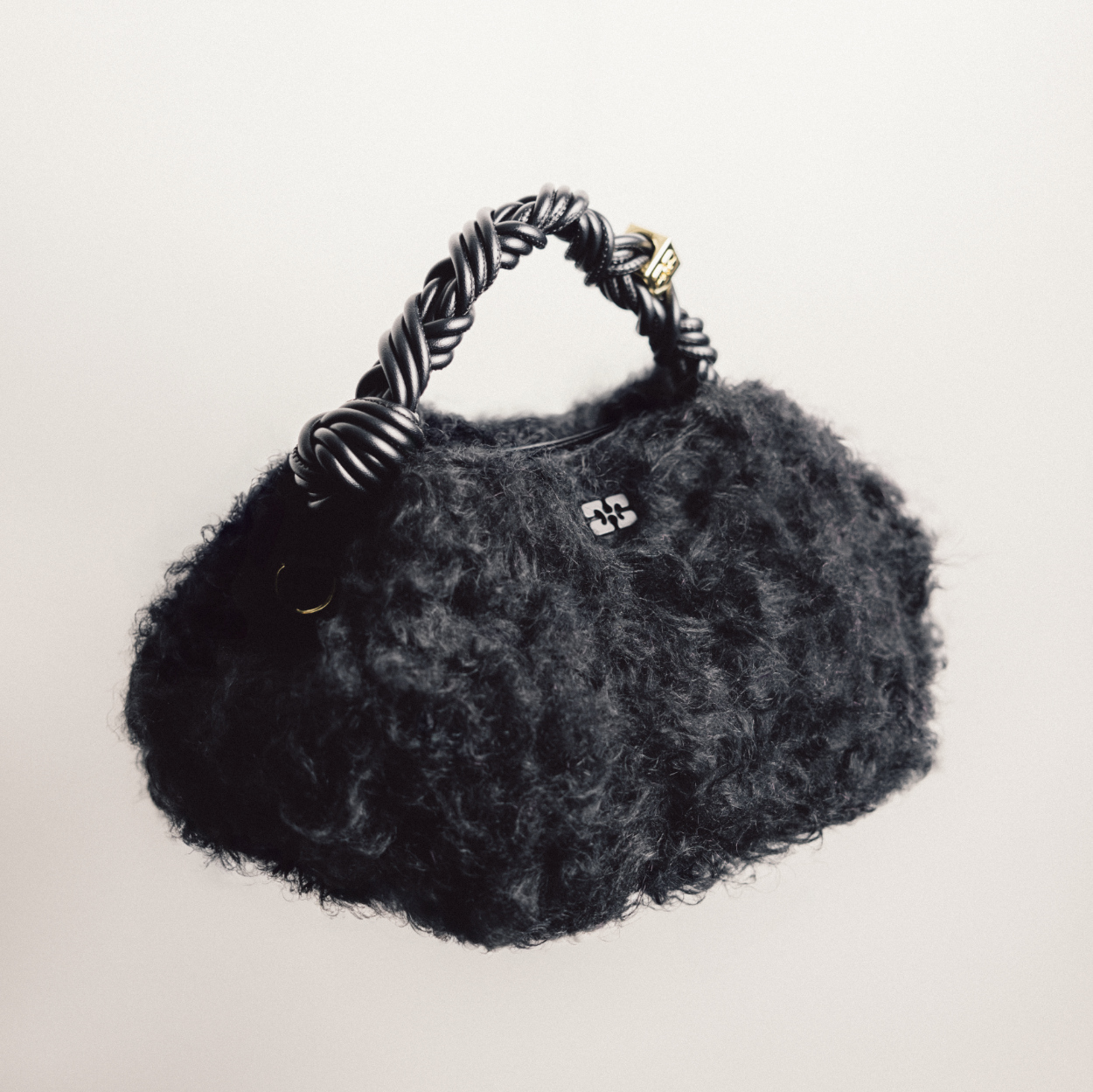
2024 has already been a rough year for the alternative materials industry. First, the US-based Bolt Threads paused the production of its plant-based leather alternative, Mylo, after raising $380 million and spending over 15 years on development. This was followed by the bankruptcy of Renewcell, a leader in textile-to-textile recycling, despite an IPO at Nasdaq and multiple brand supports and offtakes. (There may be light at the end of the tunnel for Circulose, the company renamed after Renewcell’s hero material following it’s acquisition earlier this summer.)
These were companies with great promise and materials and methods that could have improved the industry, so their downfall not only saddened many but also shook the confidence of brands and investors in material innovation as a category. If maturing, well-funded companies couldn’t make it work, what chance did fledgling new initiatives have? The investment space is also struggling as funds have dried up, and potential backers are much more cautious and reluctant to invest and take risk on these type of innovations – novel ideas that could take a long time to see results from, in a sector where higher profile companies have already pulled back or failed.
In addition this has been a rough year for luxury as a whole, a sector which is very important in the process of bringing material innovation to life – Luxury’s high price points, discerning consumers, and the segment’s willingness to design around exciting materials make it a great potential partner, but at the same time the industry isn’t immune to market conditions -and two of the first things to be cut at a lean time are sustainability and innovation.
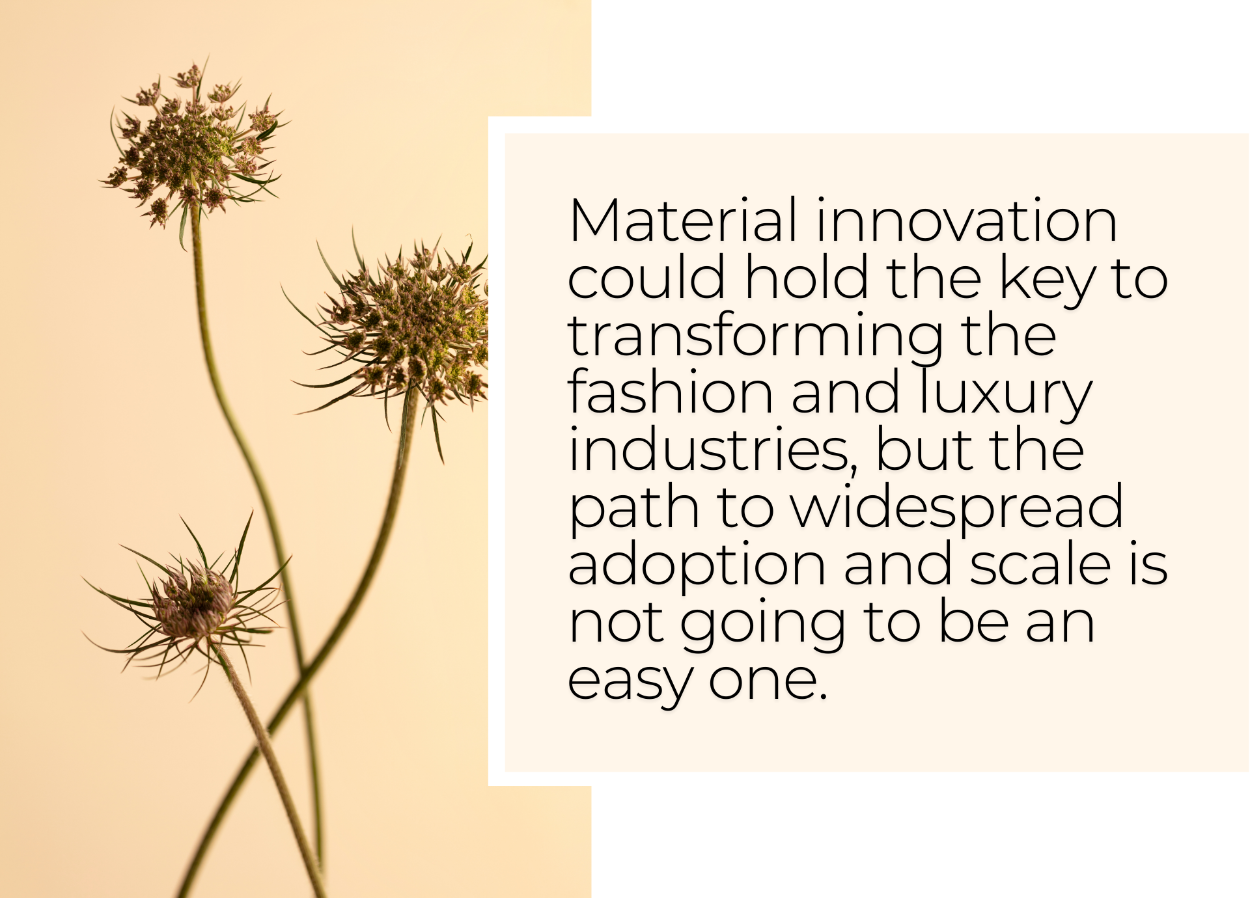
That said, 2023/24 was also a great year, with many exciting launches and collaborations. Karl Lagerfeld released a NFW Mirum bag, which is 100% plastic-free; Balenciaga launched products made with Bananatex and Ephea (Gozen); and Stella McCartney and Ganni introduced multiple collaborations and products with alternative materials at their heart, such as Keel Labs’ algae fiber, Polybion’s bacterial leather, and our very own Savian by BioFluff.
The need for innovation and the momentum behind it are clear to everyone who takes the time to examine why materials matter so much in the first place. According to Business Of Fashion: “Up to 80% of a product’s environmental impact is determined at the design phase and is baked into materials and dyes.”2 Regulations, too, are coming, with “more than 35 new pieces of sustainability-linked legislation forecasted to go into effect around the world in the next two to four years, targeting import restrictions, product design guidelines, labeling requirements, and more.”3 In addition to that there are supply chain risks in sourcing conventional materials – especially as the effects of climate change become more pronounced – as well as changing consumer demands.
This is not news—the industry seems to have already realized the importance of material innovation and its critical role in meeting targets, regulations, and consumer expectations. Fashion for Good estimates that there are over 650 innovations in the material innovation space, across materials and recycling—some at earlier stages, others on the verge of having viable products. So why don’t we see these innovations in the market, and for the ones that do make it into stores, how can we ensure they stay there?
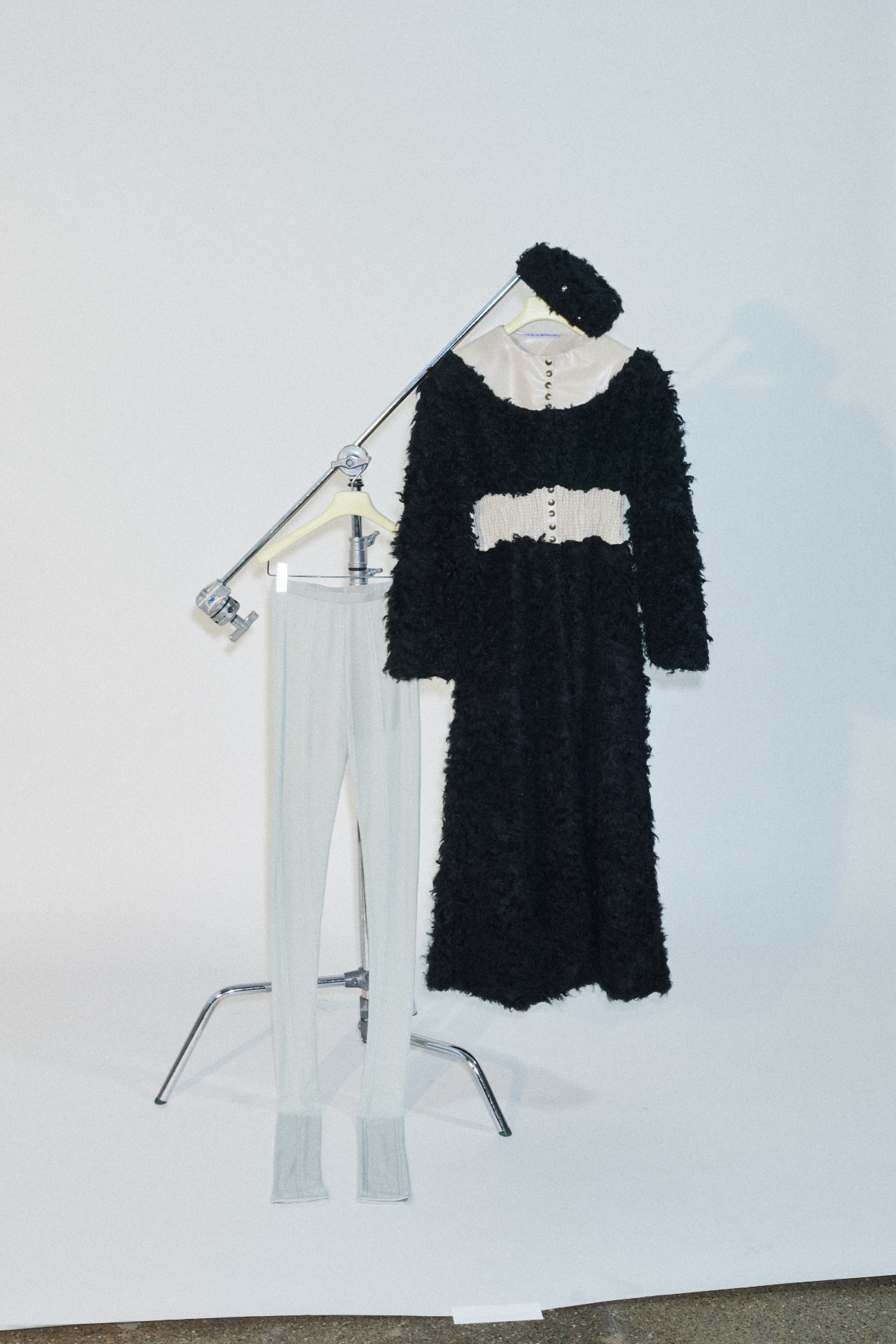
Nicklas created a full look featuring ‘The Lecia Coat’ with accompanying leggings and hat using Fabrics of The Future Savian by BioFluff, Oleatex bio-based alternative and CIRCULOSE®.
Photo by Betty Krag.
The simplest answer is that novel materials have to be completely free of compromise, and they have to offer the least possible friction to industrialise and embed into the existing supply chain. Let’s dive a bit deeper into what I mean by that.
The Perfection Issue: No matter what they’re made from, or how intensive the R&D and production process behind them was, new materials are expected to have the same aesthetic, performance, production timelines, and scale as conventional materials, while being 100% natural, with a closed supply chain, traceability, social responsibility, longevity, and biodegradability—all at a competitive price from day one. This is the biggest misconception that must change in the industry.
Brands should not and cannot compromise on quality, aesthetics, scale, and impact, just as consumers won’t. The Sustainable Advisory Services report, “Next Gen to This Gen” found that the biggest variable to drive the adoption of a new material is performance, quality and aesthetics from a brand and supplier perspective. Innovators, suppliers, investors and supporting organizations all stated that the biggest challenge for adoption is the higher price point attached to a new innovative material4.
However, the expectation that innovative materials must be perfect from the start is unrealistic. Innovators and brands must work together to overcome these challenges before industrialization.
Quality: Innovators must understand that quality is absolute, especially in luxury. A good approach is to identify products or use cases where performance standards are less strict, or where perfection is not required, at least initially. On the brand side, care and repair services can help compensate for any shortfalls.
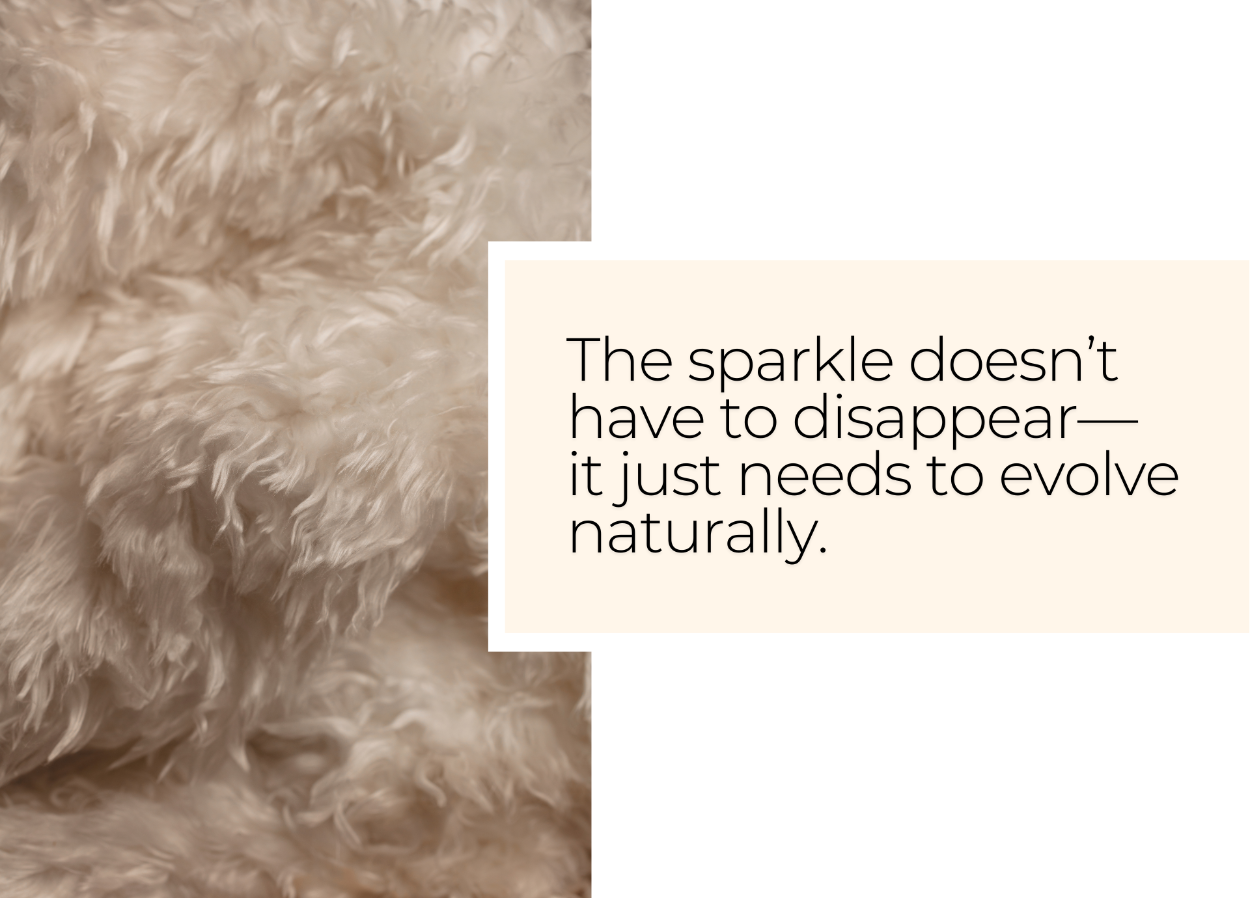
Aesthetics: It is essential for material innovators to work closely with brands and get continuous feedback on the aesthetics and handfeel of the material. This is a tricky area—difficult to measure, quantify, and varies greatly between brands. While it’s valuable to gather input from industry leaders, it’s also important to recognize that every brand is different. When showcasing our plant-based developments, I was often surprised at how one brand could strongly dislike a style, calling it reminiscent of a “wet dog,” while another, equally influential brand, would love it and place an order on the spot.
Brands need to understand how to work with innovation and adapt their products to highlight the unique qualities of these new materials, especially in the early stages. For example, our plant-based fur, Savian, is not identical as polyester or animal fur. Instead of making us match the exact handfeel and texture of these traditional materials, brands like Ganni and Stella McCartney have embraced the new textures and the unique products they bring to life – finding another route, not a compromise.
Production Scales & Timelines: One of the most challenging aspects for startups is moving from development to production. Setting up and running a successful production facility presents a whole new set of challenges. My co-founder, Martin Stuebler, previously worked at a well-established startup in the alternative leather space and witnessed the difficulties of setting up production. So, from day one, our brilliant Steven Usdan, an expert in production (having been in the space for over 40 years and building the largest Cotton recycling facility in North America) made sure we partnered with manufacturing companies to ensure we could produce our materials commercially as soon as possible. While this approach may not be feasible for every material, every innovation should consider production partners early on and aim to utilize existing machinery and infrastructure as much as possible, making a new material able to “slot in” to the existing supply chain.

The pursuit of perfection can be the enemy of progress: Being 10% better is still better than 0% better. Often, brands expect every aspect of a new material to be perfect and meet the highest sustainability standards, which is admirable. However, it’s important to make incremental improvements rather than waiting for a perfect solution. Brands should support innovation and experiment with it, even if it’s not yet perfect. For instance, if there’s still a small percentage of PU still incorporated into the material, or the dyeing process isn’t entirely sustainable, it’s crucial to recognize any incremental improvement over conventional materials. Every new material or product launch that includes material innovation pushes the industry forward, creating pressure on other brands to act, raising awareness among consumers, and drawing investor interest. To reach the ideal sustainable solutions, we must act even before they are perfect and make peace that some may never be drop-in or perfect, but at least tremendously better.
Price: Brands all love green ♻️ , but let’s admit that they love a different kind of green way more 💵. Price is often the final and most difficult hurdle for material innovation. There is a misconception that innovative, sustainable materials should be priced competitively with conventional materials and that the same margin rules should apply.
If a material is innovative and meets all other criteria mentioned, it typically involves substantial R&D costs, better (more expensive) processes, and often more costly production locations (like Europe instead of China). Additionally, significant investments back these innovations, adding pressure to see returns.
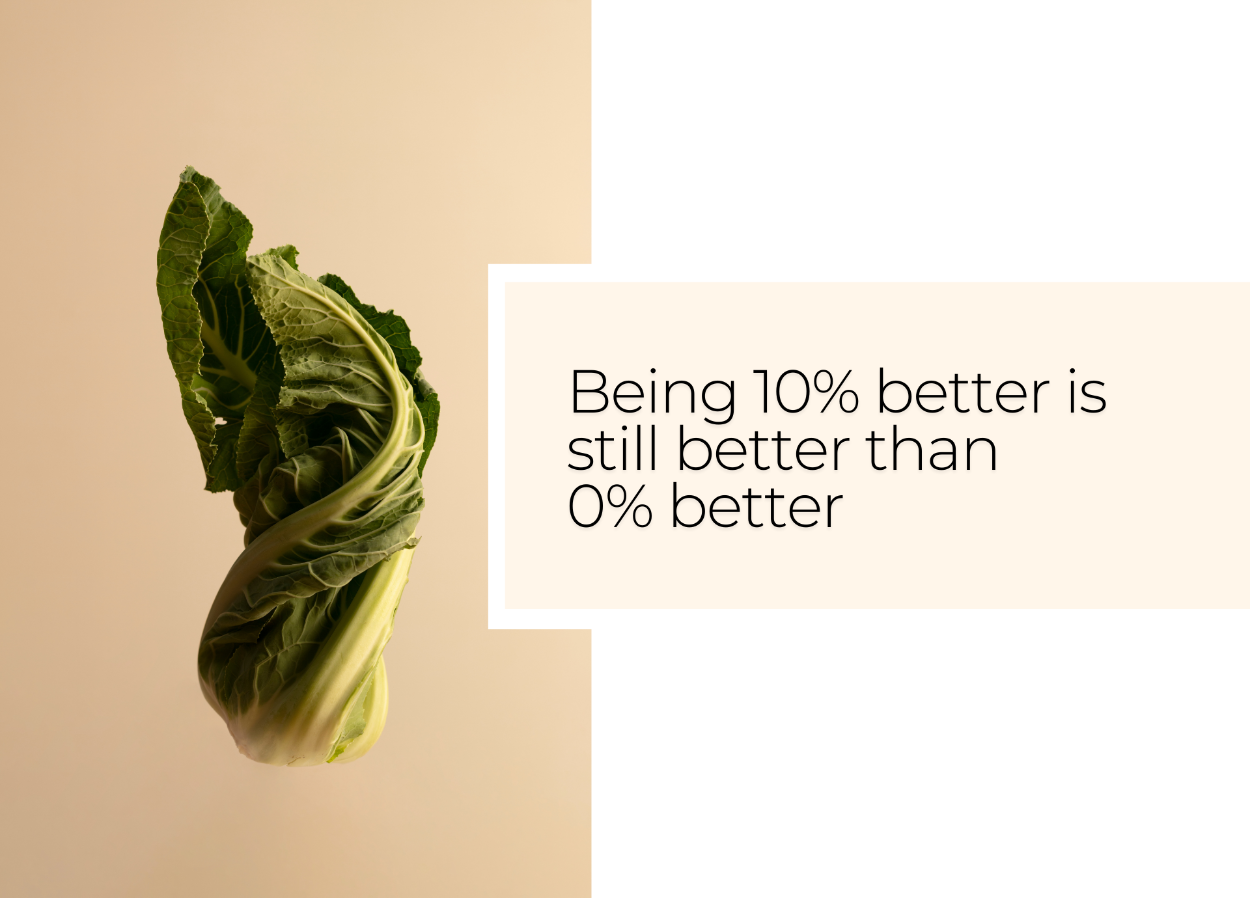
There’s also a “chicken and egg” situation where innovators need large, repeated orders to reach economies of scale and reduce prices, but brands want competitive pricing from the beginning. The perception that innovative materials should be priced similarly to conventional ones is a significant problem. These materials shouldn’t be merchandised like conventional materials; instead, brands should treat them as investments today to secure better materials at the same price tomorrow. Brands should also understand that the extra cost of sustainable materials should be offset by savings in other budgets. These materials offer rich storytelling, great marketing opportunities, and can help with carbon and sustainability taxes. Therefore, they shouldn’t be priced using the standard method of multiplying material costs, but rather integrated into standard pricing, recognizing their broader contributions.
Bonus Challenge: The Multistakeholder Problem
Both within brands and across the industry, a multistakeholder approach is essential.
Within Brands:
One of the biggest challenges for a brand to actually reach any sustainable work is the distance between product, purchasing and design teams to their sustainability team. This is in no way a critique of sustainability teams as they have a very difficult job, and are exceptional at every brand I have had the chance to work with, however there is usually a big distance between them and budgets, product and brand strategy.
Sustainability shouldn’t be the sole responsibility of sustainability teams—it should be everyone’s responsibility, from the Creative Director and CEO to merchandisers, designers, production, and sales teams. Otherwise, innovation will never leave the sustainability department. Sustainability teams should identify the right solutions for the brand and bring them forward to multiple stakeholders. However, this often isn’t the case, and they may not have access to key decision-makers. I recently spoke to the former Head of Sustainability for a major brand, and they told me that in their first week, they asked when they would meet the Creative Director, only to be told they never would.
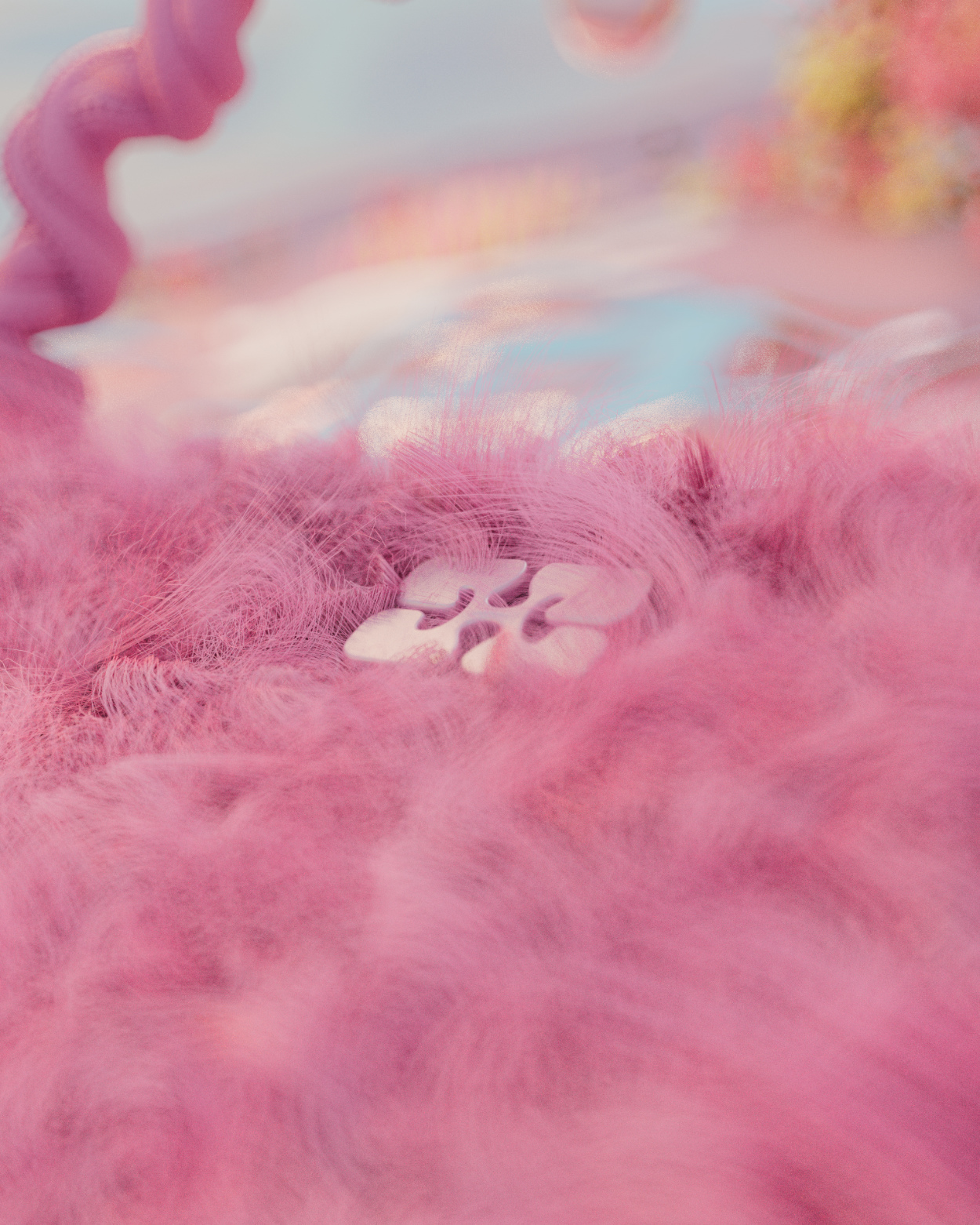
Conceptualised by @pitch_studiosTM️ and 3D artist @berenicegolmann
Creative Directors are, of course, some of the busiest and most difficult people to reach in the industry (and the world), and they shouldn’t be bothered with every little sustainable innovation. However, it’s time to engage them in the conversation. Creative Directors are always inspired by nature—it’s time they use it. If we don’t engage in these conversations and introduce designers to beautiful, inspiring innovations, the sustainability conversation and the fashion conversation will remain separate.
Innovators need to work with creatives to inspire them and create something that matches their artistic vision. But designers also need to engage in that process.
A great example of a place where sustainability is a responsibility of every single role, and the collaboration within the brand is exceptional is Ganni. Sustainability is at the back of every employee’s mind, and that clearly translates into their work. Their designers, merchandisers, marketing team, creative Director, CEO and even stakeholders are all part of the conversation and work together to implement innovation for a more sustainable brand. It is felt within every conversation, interaction and collaboration. I was very pleasantly surprised when I visited their HQ that even their lunch and every aspect of their office were well thought out and considered what was best for the planet while staying cool, fun, and true to the brand.
Within The Industry:
Let’s admit something: all the brands are looking at the same innovations, and all the innovations are looking at the same brands. It’s not uncommon for me to attend a brand meeting and see a fellow innovator I know well coming out of a meeting with them.

There are several things that, at an industry level, should be well-understood:
- This is a small space and there are only so many innovations at a given moment, and only so many brands that are big enough to be able to work with innovation.
- Brands are all having the same difficulty with innovation, and the same questions, while innovators are having the same difficulty with the brands.
- If we have a more collaborative approach as an industry, and have more shared support between brands this can push sustainability much further.
- Competition should be on design and brand power, not on sustainability, this is where we all need to collaborate.
- Brands need to come together to assess solutions, and then support them together, to help them achieve the support and scale they need to reach the perfect solution in every aspect mentioned above.
Conclusion: Bridging The Gap For A Sustainable Future
Material innovation could hold the key to transforming the fashion and luxury industries, but the path to widespread adoption and scale is not going to be an easy one. From balancing quality and aesthetics to overcoming production hurdles and price misconceptions, both brands and innovators must collaborate closely to ensure these solutions don’t just stay concepts but become integral parts of the market.
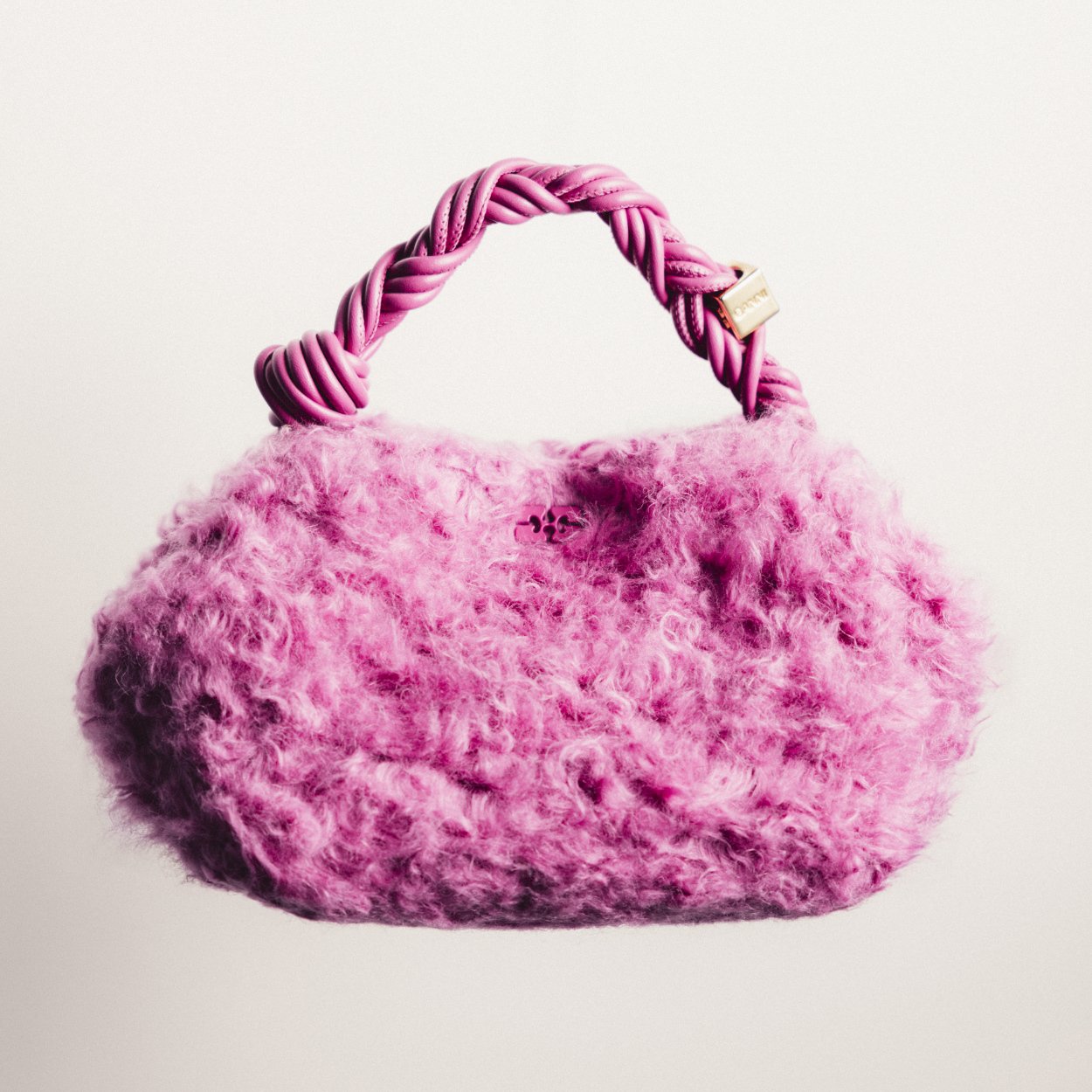
The journey from innovation to mainstream adoption will demand patience, flexibility, and a willingness to embrace incremental improvements. It also requires a shift in mindset—from seeing sustainability as an add-on to recognizing it as a core component of brand identity and strategy. As more brands engage with innovative new materials, supporting and investing in them even before they reach perfection, they will pave the way for a future where sustainability and luxury can coexist – a place where creativity can run free without pulling a huge amount of environmental baggage with it..
In the end, the goal is not just to meet regulatory requirements, or to respond to changing consumer demands. It’s about leading the industry toward a world where the materials we use are not only beautiful and high-performing but also kinder to our planet. The sparkle doesn’t have to disappear—it just needs to evolve naturally.
